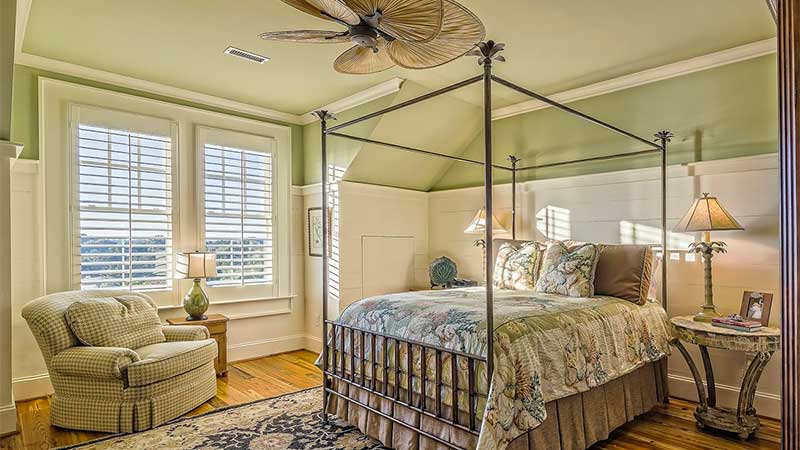NEWS ARTICLES
5 Tips For Taking The Perfect Real Estate Photos
Posted By Paul Xumsai on May 23, 2020 in Education & Training
There’s nothing more disappointing than getting a beautiful property listing and not being able to showcase the gem. And as a property owner, I would have to think twice on whether I hired the right real estate agent.
A picture is worth a thousand words. And, nothing holds more truth than real estate.
Put yourself in the buyer’s perspective. What’s the first thing you see when search through various property portals? The PHOTOS!

That being the case, I would always recommend hiring a professional photographer. But, in case you none is available or you just need some quick shots. Here’s five helpful photo tips:
1. Use natural lighting
Natural lighting is key for getting great shots. Try and avoid direct sunlight. This will give your photo the glaring effect. Cloudy days are ideal. Never use flash!
2. Know your angles
The perfect shot is always taken from between 4-5 feet from the floor. This is considered eye level and provides the normal perspective when working in a room. Keep the camera as level as possible.
3. Landscape mode.
I couldn’t more, how important it is to shoot in landscape mode. If you’re using a smart phone, please turn the camera sideways. Shooting in landscape mode will allow you to maximize the room. There is a exception to this rule. Go portrait when your taking a photo of a skyscraper.
4. Wide angle shots
Now that you’re shooting landscape mode, make sure you use the widest setting for the camera. You want to capture the as much of the room as possible. Remember, you’re trying to sell the property (not the tables and chairs).
5. Don’t over edit
With today’s apps, it’s quite easy to apply filters and over-saturate your photos. I usually play around with the contrast and sharpness with a slight filter. If the photo is a bit dark, I may apply some brightness. The right lighting will do a lot of the work for you.
Over time you will discover which angles, lighting, and even the type of camera settings works best for each situation. Pick up your camera and let’s get started.
NEWS CATEGORIES
- National Association of Realtors (NAR)
- ASEAN Real Estate Network Alliance (ARENA)
- FIABCI, The International Real Estate Federation
- Announcement
- Broker Management
- Business
- Buying
- Career
- Charity & Volunteering
- Commercial
- Design & Styles
- Distress Properties
- Economy
- Education & Training
- Events & Meetings
- Finance & Money
- Global Real Estate
- Health & Fitness
- Home Improvement & DIY
- Hospitality
- Investments
- Legal
- Lifestyle & Entertainment
- Real Estate Associations
- Referrals
- Rentals
- Retirement
- Safety
- Sales & Marketing
- Sports
- Taxes
- Technology & Innovation
- Travel
- Webinars & Virtual Seminars
- World News

